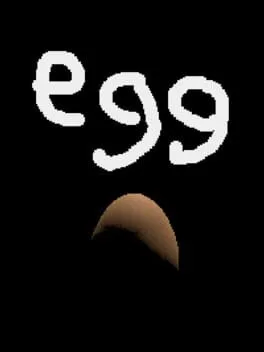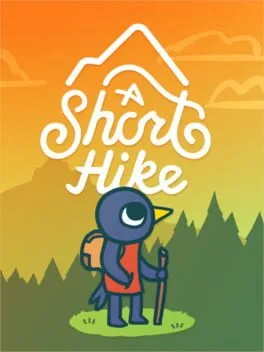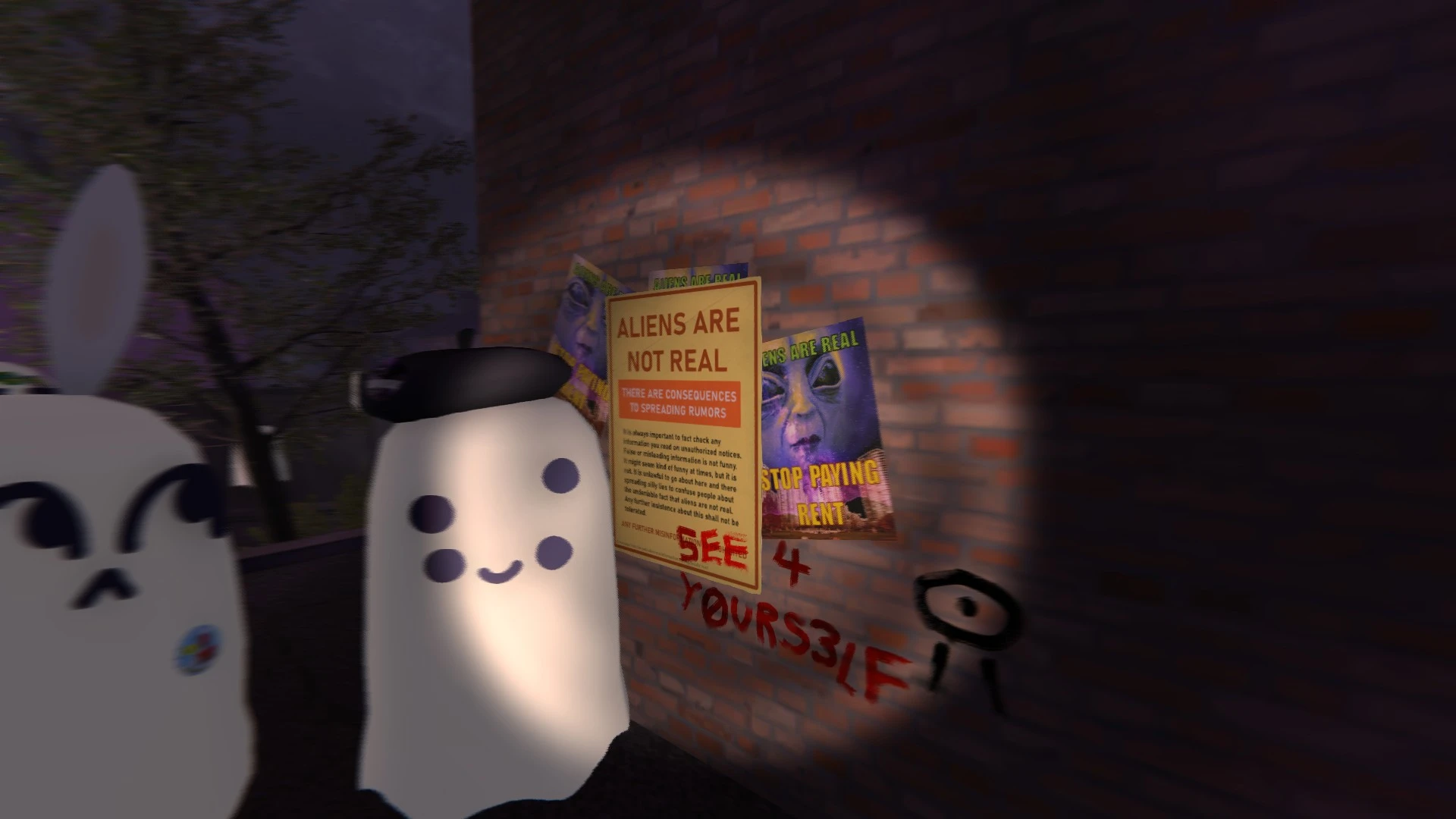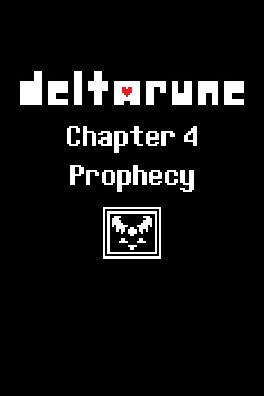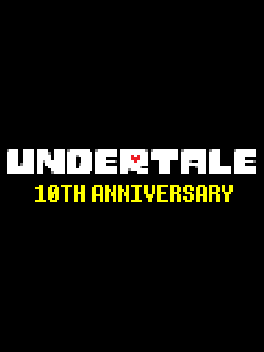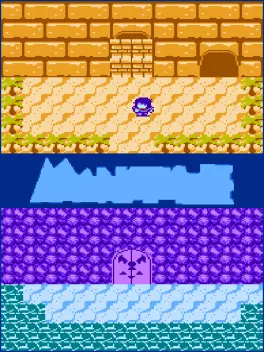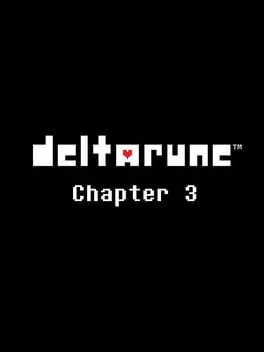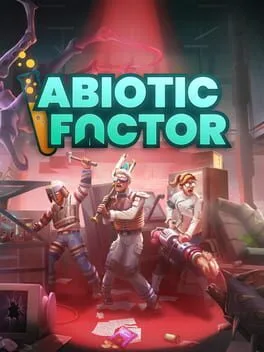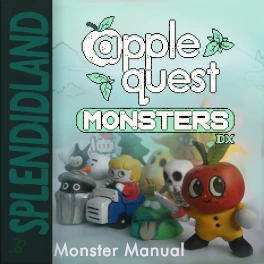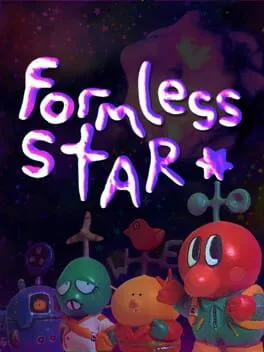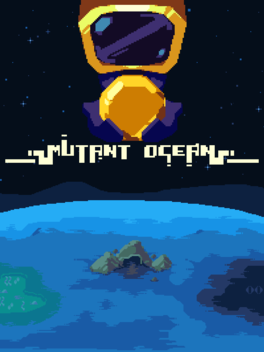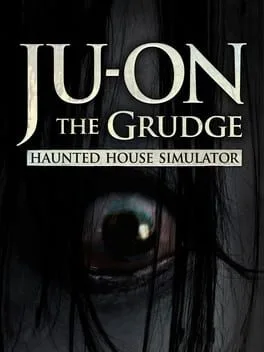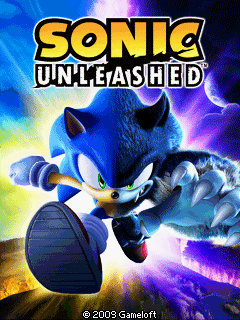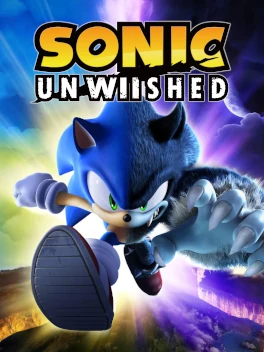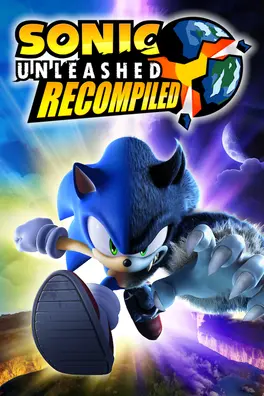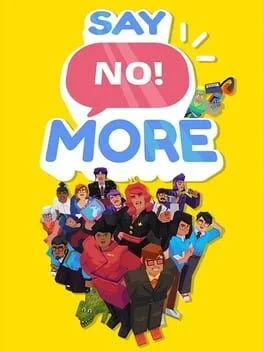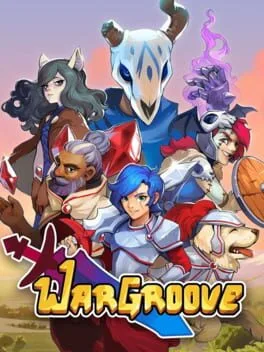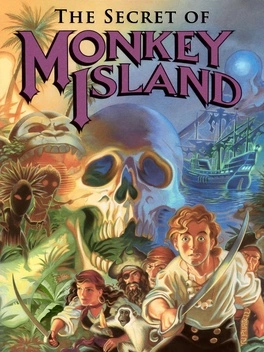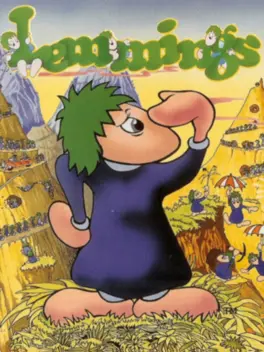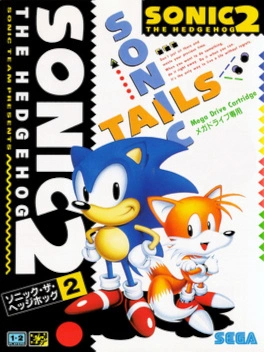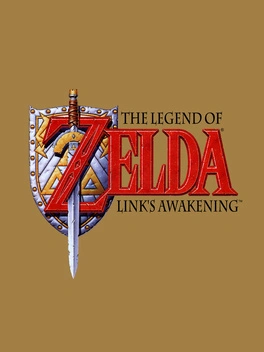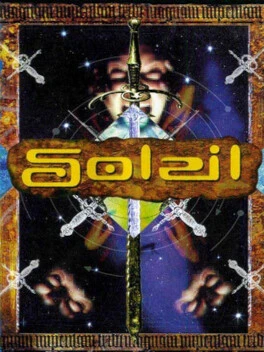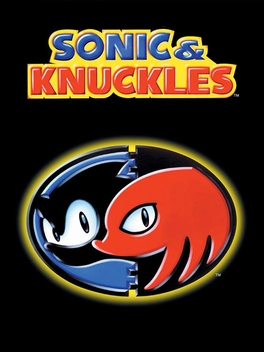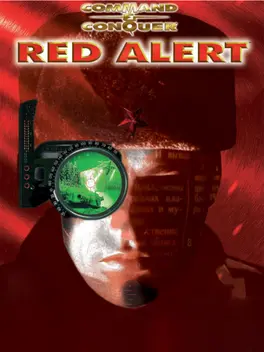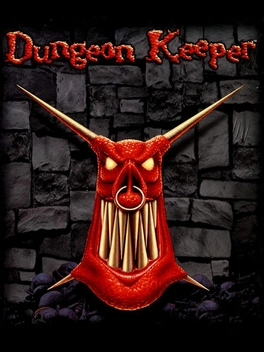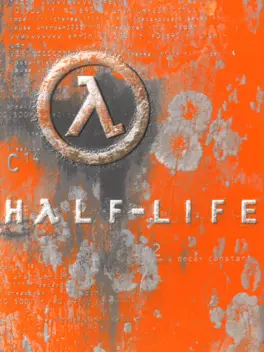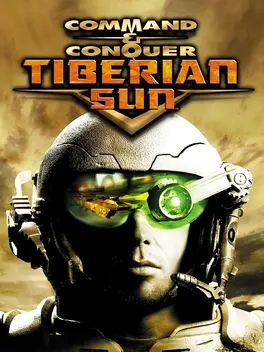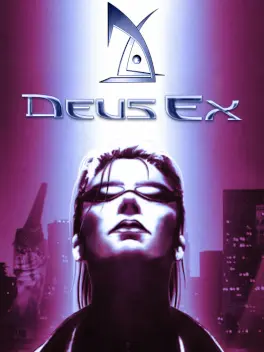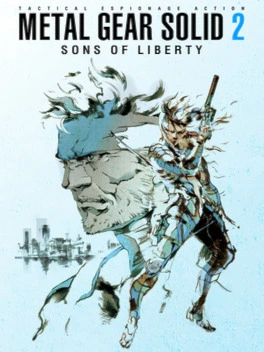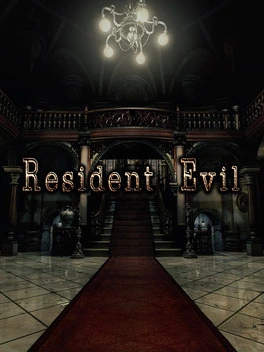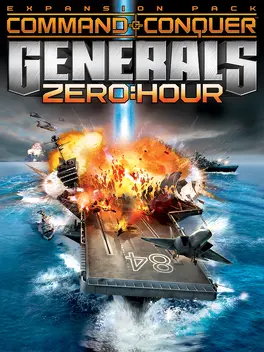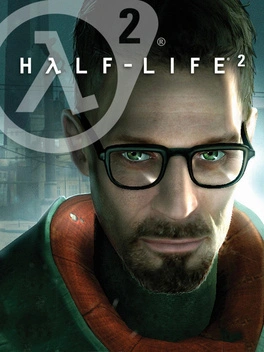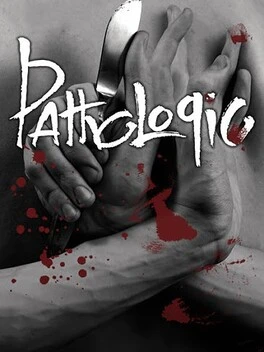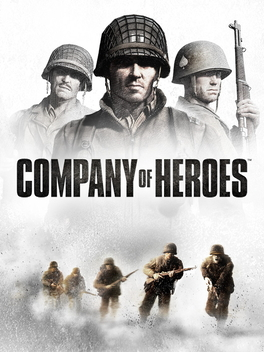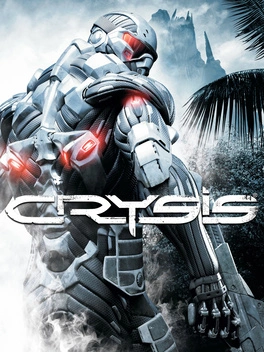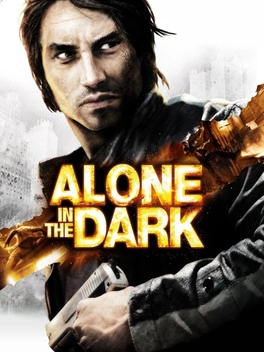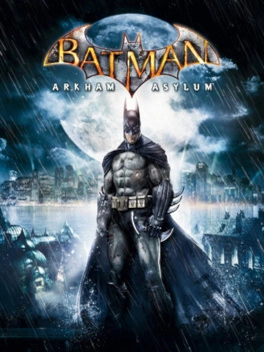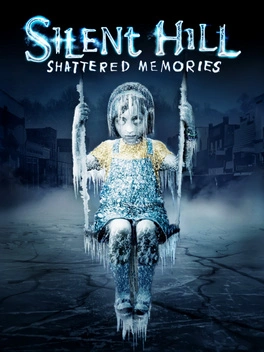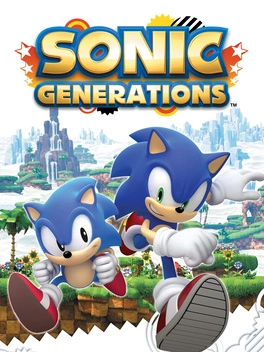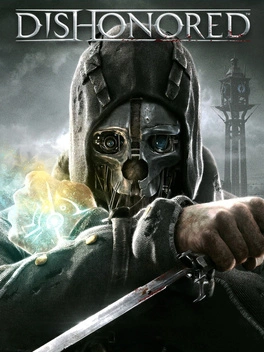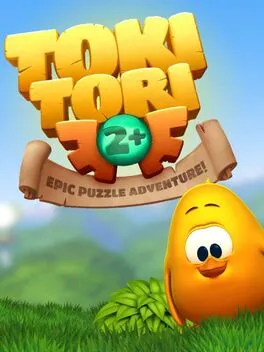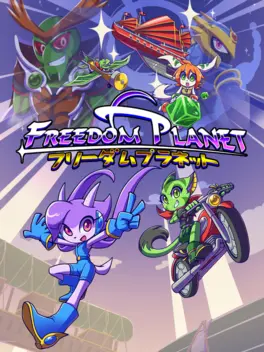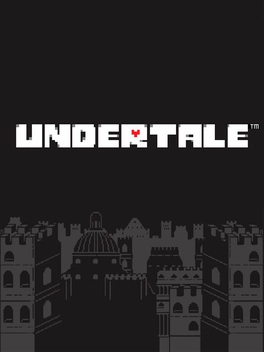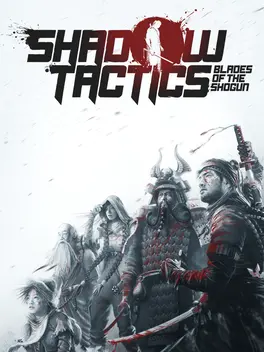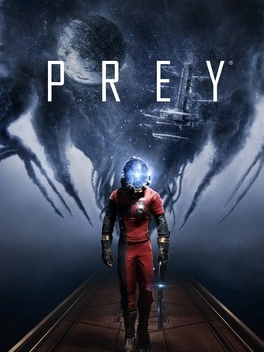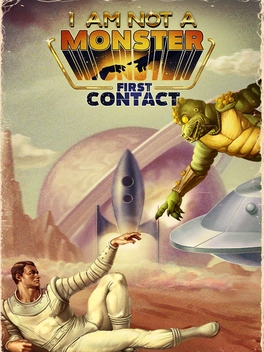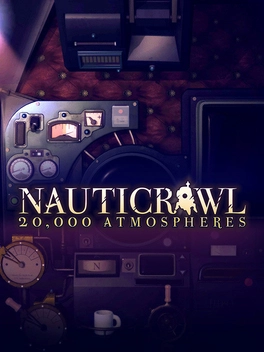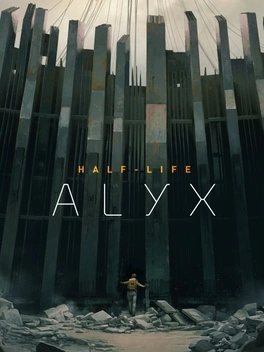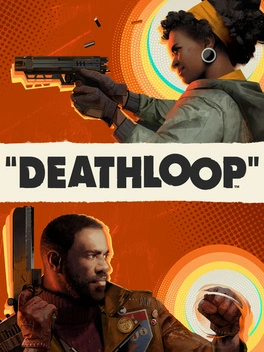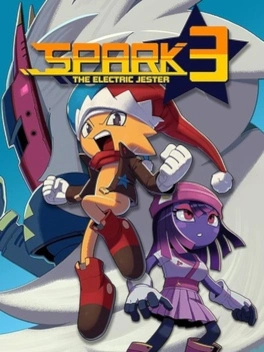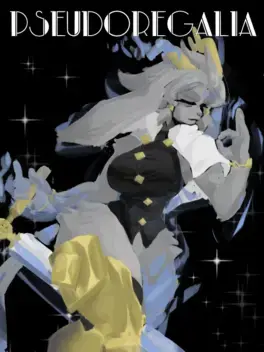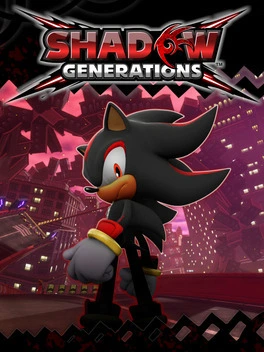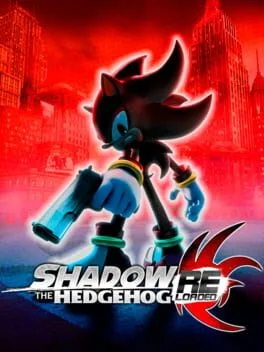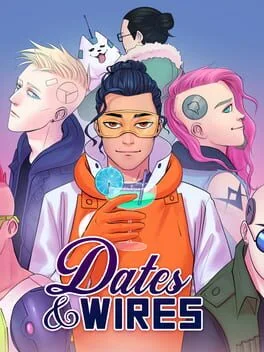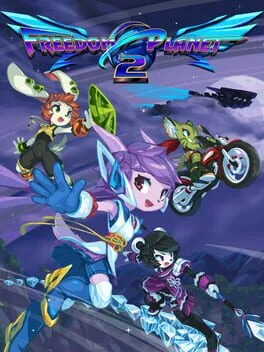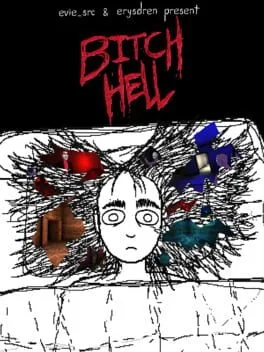The Séance of Blake Manor ★★★★★
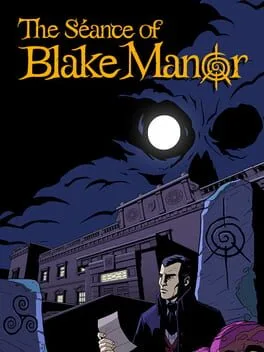
One of the most intimidating games I’ve played in a long time. It does ease you into the mechanics and exploration with some early tutorial segments, but once it has familiarised you with the basics it wastes no time in introducing you to the two dozen people you will be investigating with limited time and actions in a fairly large hotel.
You, of course, do have more than enough time to investigate everything that you need, and the deftly meters out new locations, information and opportunities over the course of the séance weekend, keeping things much more manageable than it might look at first.
And it’s a very enjoyable story to explore, with each character having their own secrets, motivations and background to uncover, pulling from the different parts of Ireland’s past and religions and all of the impacts of British colonial conquest and rule.
And it does not just make the obvious choices in the cast. The Irish diaspora is represented not by someone from the United States reconnecting with their roots, but by an Irish-Brazilian woman fleeing persecution in her own country by returning to that of her father, who had been forced out himself. The most prominent American in the cast is an Afro-Caribbean man from New Orleans whose connections to Ireland include his worship of Maman Brigitte, who is presented in the game as somewhat of a triple goddess with with Bríd and Saint Brigid being her other aspects.
The large cast allows the game a lot of room to breath with bringing in a lot of the different aspects of Victorian spiritualism. We even get a few different interpretations of paganism with a Gaelic revivalist druid Traveller along with a local wise woman with implicitly more continuity in her practises, and with her nephew who wants to marry science and spiritualism with her traditional healing.
With all of this progressing the central mystery is a bit slow but for me it worked pretty perfectly, giving long enough for it to sit that I started to figure the less signposted parts in a pretty organic way that came together just in time for the big finale.
That said, I don’t think the game is perfect. It’s a little buggy sometimes and the loading times got noticeably longer as the game progressed and while the mindmap system is nice way of representing progress while giving hints about what needs to be investigated next, it can very easy to simply overlook a small piece of evidence in the environment (especially if you don’t walk around with detective vision on constantly) and I did find myself getting frustrated and looking up hints online once or twice when I had clearly missed something and consequently hit a roadblock. Some kind of explicit hint system for this would have been appreciated.
Some tweaking of the various menus wouldn’t be wasted either, especially tooltips for character names in places where they only appear as icons and some easier ways to quickly navigate between a character’s mindmap and schedule would be lovely. The choice of arranging people alphabetically by forename rather than surname is also, frankly, baffling, especially when characters are almost exclusively referred to by their surnames in the script. But a small studio has finite time for such things and I am more than willing to forgive these small things in a really lovely game.
I do also appreciate very much the script not being afraid to leave in Hiberno-English phrasing and cúpla focal that would be unfamiliar to international players and the in-game library is there for anyone who is not afraid to spend a few minutes to catch up on relevant Irish history and myth that one might be unfamiliar with.

